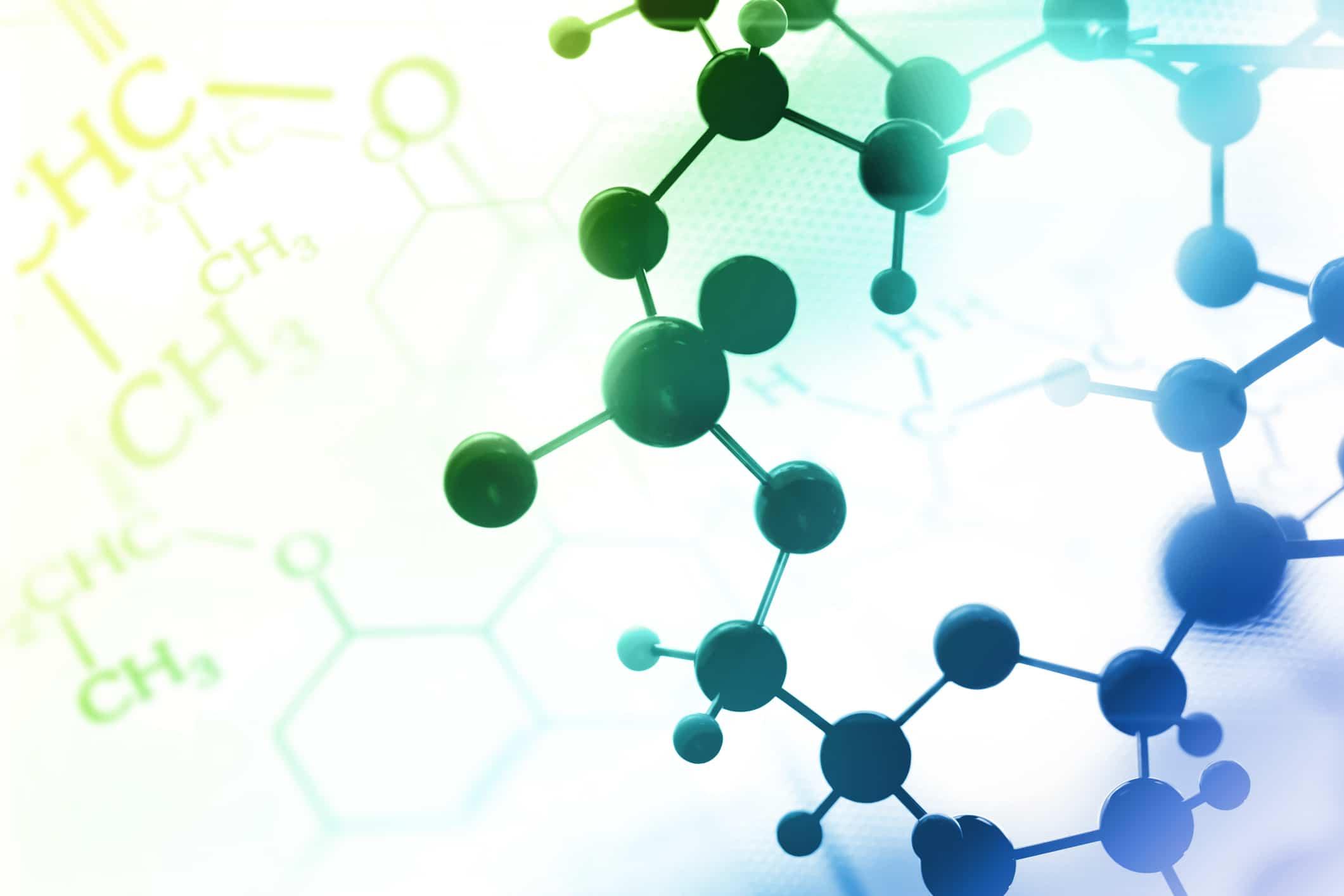Introduction
Biosensors have tremendous potential to revolutionize fields like healthcare, environmental monitoring and biodefense. A biosensor is an analytical device that converts a biological response into an electrical signal. Traditional biosensors rely on natural biology but synthetic biological sensors take the novel approach of engineering biology at the molecular level. By programming biological components like DNA, proteins and cells, scientists can create biosensors with unprecedented precision, customizability and scalability.
DNA Nanotechnology Powers Biosensors
DNA nanotechnology is a powerful toolbox for building Global Synthetic Biosensors . DNA strands can self-assemble precisely into predefined 2D and 3D structures just by controlling their sequence. Researchers have programmed DNA to act as molecular circuits, logic gates and tiny robots. By attaching probes and fluorescent markers to structured DNA, scientists have created DNA-based biosensors that can detect a wide range of targets like cancer biomarkers, explosives residues and water toxins. DNA nanosensors offer high sensitivity down to the single molecule level, are programmable and self-assemble from simple components. Advancements in automated DNA synthesis and sequencing have made DNA biosensors scalable for real-world applications.
Cell-Based Synthetic Biology for Whole-Organism Detection
Synthetic biology is going beyond molecular components to re-engineer entire cells as programmable biosensors. Genetic circuit engineering allows scientists to transform bacteria and yeast into live bio-reporters that detect targets through changes in fluorescence, chemical signals or cell growth. Engineered microbial cells could detect contaminants by glowing in their presence. Researchers have also demonstrated using synthetic gene circuits to program bacteria that change color in response to cancer biomarkers or alert to the presence of pollutants through cellular memory circuits. Cell-based synthetic biology opens up ubiquitous, in vivo biosensing throughout complex biological systems and environments.
Protein Engineering Leads to New Classes of Biosensors
Proteins carry out essential functions in living organisms and can be engineered to serve as highly selective and sensitive biosensors. Rational protein design and directed evolution are allowing researchers to create novel protein-based biosensors. By fusing binding proteins to reporter proteins, scientists have developed enzymatic biosensors that produce color changes, light emission or molecular outputs in the presence of target analytes. Engineered antibodies have enabled biosensors for cancer diagnostics, food safety testing and biothreat detection. Synthetic affinity proteins are being developed that recognize a wide spectrum of targets like heavy metals, pesticides and toxins. Protein engineering expands the toolkit available to synthetic biologists for creating next-generation biosensing capabilities.
Applications of Synthetic Biosensors in Healthcare
Synthetic biology promises to revolutionize healthcare diagnostics through programmable biosensors. Engineered virus sensors could provide early detection of epidemics. Portable microbial biosensors may enable rapid, on-site disease testing in resource-limited areas. Cancer detection is a major application area, with synthetic biological sensors in development for liquid biopsy, tumor monitoring and cancer theranostics. Biosensors could enable constant, non-invasive glucose monitoring for diabetes patients. Synthetic immunosensors may usher in a new era of multiplexed, rapid diagnostics for infectious diseases. Microfluidic biochips promise automated, low-cost testing through integration of biosensing with sample preparation and analysis. Computational modeling is also helping optimize synthetic gene circuits for therapeutics development and whole body biosensing applications.
Get more insights on Global Synthetic Biosensors
Also read related article on Global Synthetic Biosensors

